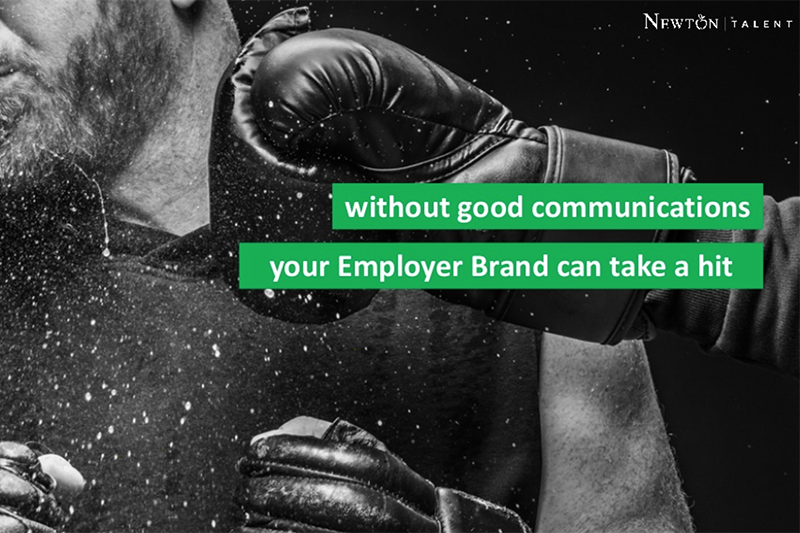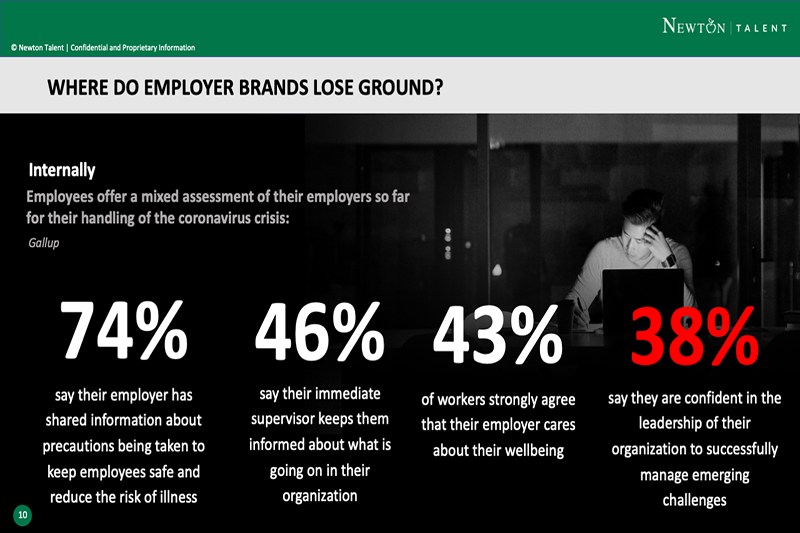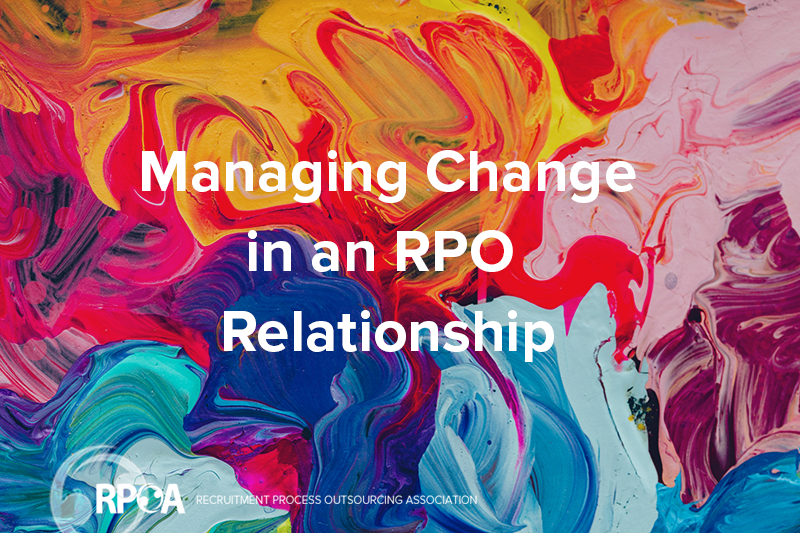
Throughout history, leaders have relied on communication to spark action and ease fears. When one of its flight landed nose first at LaGuardia airport back in 2013, Southwest Airlines quickly and immediately handled the crisis through social media. Honest communication on Twitter and Facebook helped the brand control the story and maintain good faith with its customers.
When the world was rocked by the Enron and WorldCom scandals, people had a hard time trusting financial institutions. One affected company was Nationwide Insurance whose CEO at the time, Jerry Jurgensen, decided to urge employees to live the ethos of the company’s strong culture and slogan “On Your Side” to show the brand was a community partner and trusted neighbor. What these stories have in common is how quickly each company’s leader communicated with their stakeholders.
Every crisis requires increasing communication. It may be delivered in writing, verbally, or visually, but history shows us that in tough times authentic conversations bring people together and help keep things on an even keel.
The Impact of COVID-19 on Employer Brand
COVID-19 is one of the worse, if not the worst, crisis the world has faced in a century. Employees, customers, clients, and more have been affected in ways few could have imagine just a short time ago. In the U.S. alone, 42 to 54 million net jobs have been lost or became vulnerable to reductions in hours or pay. People have been furloughed or permanently laid off and their lives have been upended.
What does this have to do with employer branding? When a crisis is mishandled, an organization’s employer brand can take a hit it may not recover from. Patty Silbert, President of Newton Talent and speaker in the RPO Leadership Forum webinar, Recruiting in Turbulent Times insists, though, that while there’s no denying the pandemic has hit everyone hard, “events like these have things to teach us.”
How Brands Can Manage Employer Branding in a Time of Crisis
It’s all about communication. If they haven’t already, now is the time for companies to begin building and focusing on their employer brand communication strategy. Patty suggests “thinking about your plan as a 3-legged stool” where each facet—employer brand, EVP, and community impact—are present when communicating values and purpose as an employer.
How is this different from marketing and promoting an employer brand? It’s more about being empathic, about expressing humanness and showing how employees, candidates, and customers are valued. Patty points to the great example set by Tractor Supply, the country’s largest operator of rural lifestyle retail stores. Its 1800 stores in 49 states supplies basic maintenance products to home, land, pet, and animal owners.
Tractor is one of the fortunate companies that’s actively hiring during the pandemic. But what they’ve really excelled at is communicating the opportunity this presents while celebrating their team members and customers. Already known for expressing their gratitude and humility for their role in the community, the brand is recognizing the important part its employees play during the current crisis and rewarding those who had to report to work with appreciation bonuses. The brand also launched a national TV spot that blended its consumer and employer brands into one powerful message.
Other organizations can take their cue from companies like Tractor by staying authentic and threading existing messaging across new courses of recruitment action.
Patty believes that “without a clear communication plan in place, it’s a sure bet an organization’s EVP will take a hit.” To help bring meaning out of chaos, companies should focus on:
- Reminding internal and external audiences of the value they gain from their relationship with a brand.
- Letting employees, candidates, and customers know what the brand stands for in times like these.
- Finding ways to engage with the talent they’re going to need for tomorrow.
A company’s EVP has many facets that distinguish it from the competition and provide it with a competitive advantage. It signals that the organization is a great place to work and serves to attract candidates who are likely to identify with its values. For current employees, it helps increase retention rates, engagement, and productivity.
It’s important to remember that EVP is not what an organization believes its value is, it’s what employees believe its value to be. Steps leaders can take to adapt their EVP to a changing world include:
- Setting clear goals and then walking the talk. That can range from making sure employees understand they’re only expected to work if they’re healthy to ensuring customers and clients continue to be served.
- Helping employees connect to a deeper sense of purpose. Some organizations are using famous motivational quotes or coming up with their own simple messages that employees can use as a mantra that reminds them of their greater mission.
- Encouraging organizational dialogue that focuses on the negatives and positives of COVID-19’s impact. For example, with the idea that a burden shared is a burden lessened, employees can be urged to discuss their worries and concerns. But they should also be asked if there has been any unexpected good to come out of the crisis.
Planning for what lies ahead, leadership should also ask employees which changes that have been made they’d like to see kept in place once the crisis has ended.
A Strong EVP is More Important Than Ever
Winston Churchill famously said, “If you’re going through hell, keep going.” A crisis like COVID-19 creates great uncertainty, elevates anxiety, and causes people to focus only on the present rather than look toward the future. At these times, people crave greater transparency and guidance to feel less stress about what has happened. And they need leaders who communicate openly about where they’re headed. Leaders who can acknowledge what is unique about this moment while inspiring others to rise to the occasion will help people transition from feeling helpless to deriving meaning from the crisis and moving forward towards a safe and better future.
Patty Silbert speaks about the role of human resources in managing EVP for organizations.
To learn more tips about managing EVP and employer brand, and for a free workbook, from Patty, watch her full webinar: Recruiting in Turbulent Times and Why Your EVP is More Important than Ever.














